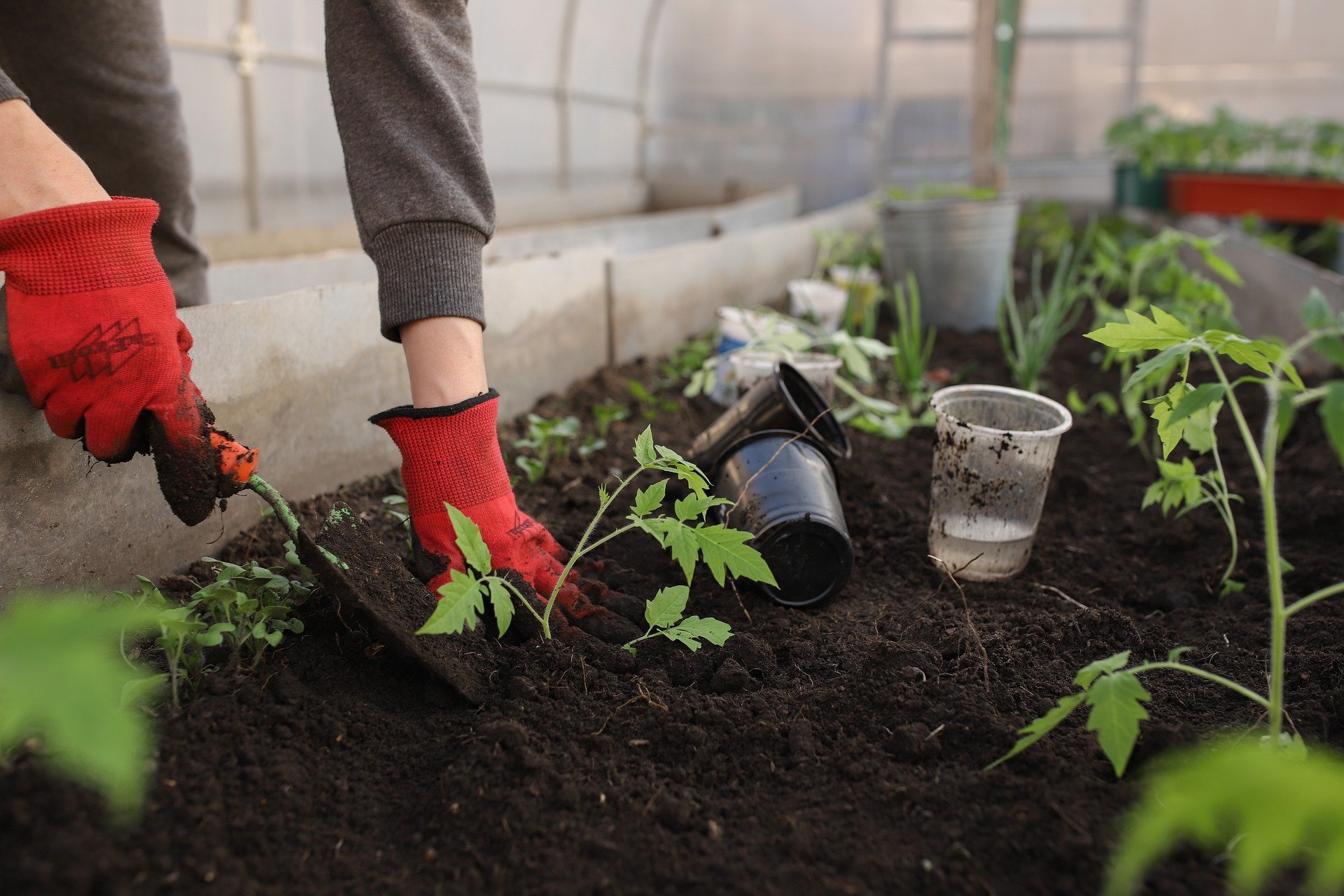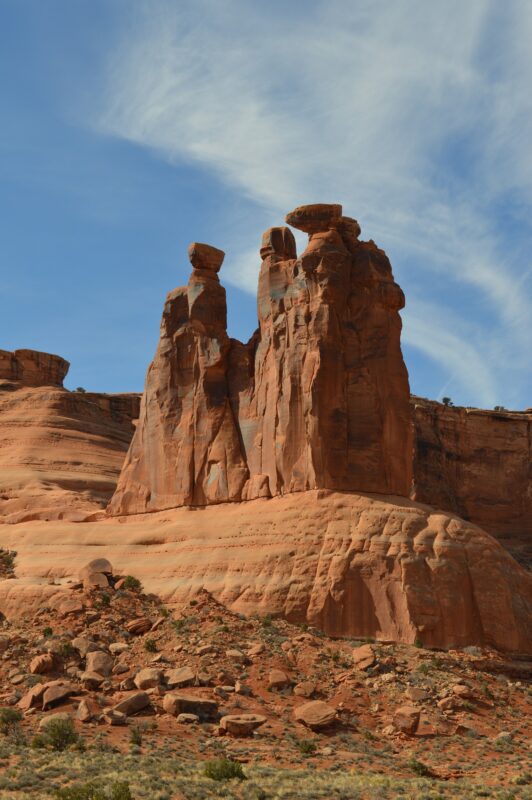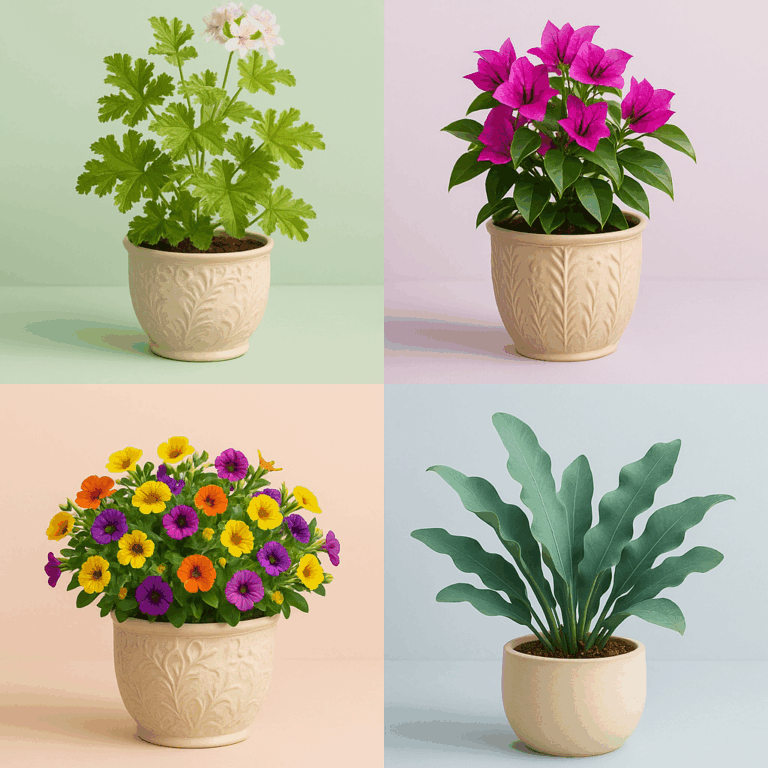Types of Soil: Best Potting Mix For Ultimate Container Gardens

The types of soil you use in your garden will determine the amount of vegetables, fruit, or flowers you produce during a growing season. Of course, you need adequate sunshine and water, but if the types of soil are not correct, you may not end up with healthy plants. This guide explains what soil is, how plants use soil, and the best potting mix for container gardening.
In this soil series, we look at how plants and the potting medium used in container gardening, differs from raised bed or tilled soil gardens. You could buy a bag of soil at the gardening center but, does it contain everything your plant needs? First, we need to look at what soil is.
What Is Soil?

To understand what to put in your container garden, you need to know what types of soil are best for your plants. However, if you go to a garden center, knowing what soil to purchase can be daunting. Basically, soil is made up of 5 ingredients, namely:
- minerals – sodium, potassium, (and nitrogen) make up about 40% of soil minerals, while a bunch of “ites” (hematite, limonite, geothite, etc.) make up the rest.
- organic matter – about 3-6% of agricultural soil is organic matter which consists of a biomass of microbial matter (about 1 teaspoon of rich soil contains 1 billion bacteria) and dead leaves, branches, and grasses.
- living organisms – There are mammals, insects, birds, protozoa, fungi, and archaea (similar to bacteria but an ancient organism that has a different molecular structure). These organisms eat and poo which feeds the bacteria.
- gases – mainly, nitrogen, carbon dioxide, and oxygen
- water
What Are Horizons In Various Types of Soil?
Types of soil have different horizons or layers. The sun, wind, and water help to break down rocks. The sun heats up rocks during a hot day causing the rocks to expand. At night, the rocks contract which causes cracks in the rock. Eventually, the rock will split. In addition, water can enter the cracks, freeze, expand, and split the rocks. Meanwhile, pieces of rock wash away by rainfall. These particles rub against other rocks, breaking them down into dust. The wind picks up the dust and sand to deposit it with organic material which causes the formation of soil. Trees and bushes lose their leaves, a limb falls off, bark and wood bits add to animal poo to create natural compost. This mixes with organic matter over millions of years. Layer upon layer of soil creates the horizons of soil.
In times of draught, years of low water may cause dry and rocky layers. Floods may cause silt and clay layers to form. All of these layers over time are the horizons. Over all, a top layer is usually rich in organic material with the combination of organic mass and soil. The combinations within a biomass make up a compost. Finally, a mix of soil and compost is usually called top soil at a garden center. Be careful of cheap mixes which may contain trash or plastics. The bag should list all ingredients. Read it or inspect any soil you have delivered. Remember you get what you pay for.
How Do Plants Use Various Types of Soil?
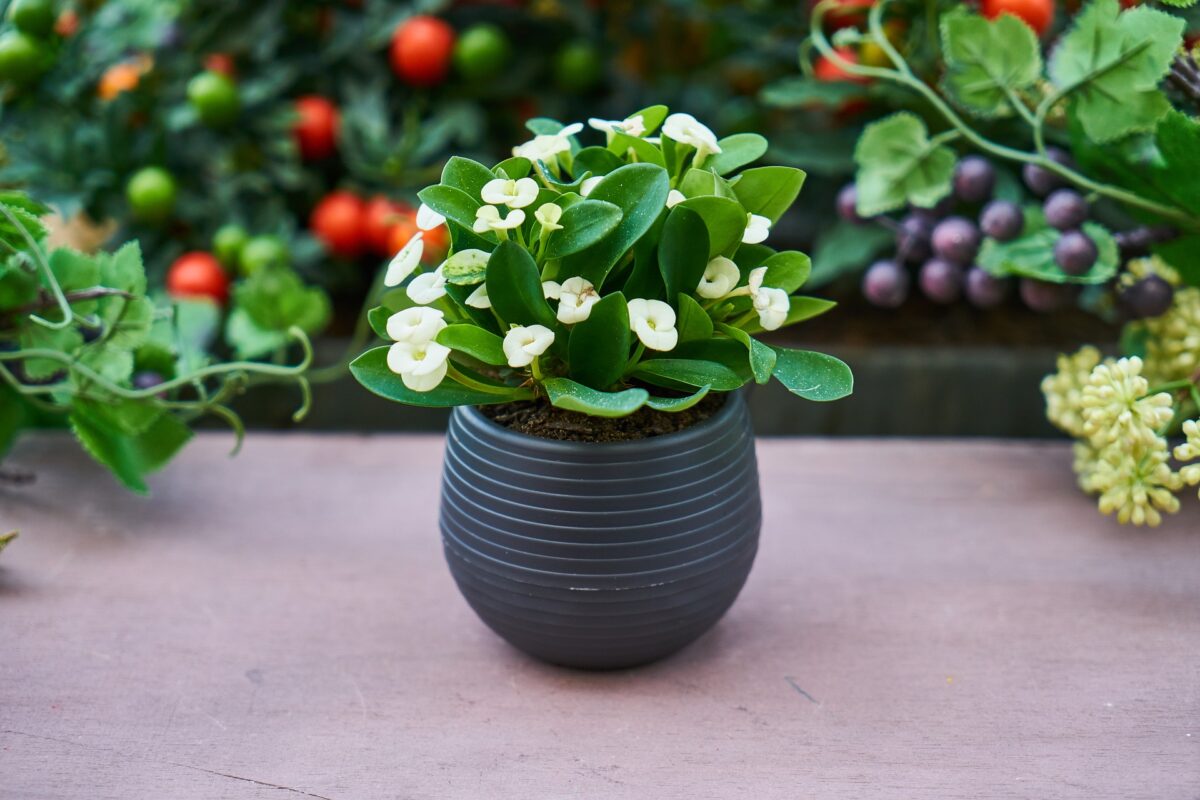
Plants use soil as a medium to stabilize plant growth, as a source of moisture, and a source of nutrition. The types of soil will determine how healthy a plant becomes. This is where the pH of soil becomes critical. I wrote an entire blog on soil pH here but pH refers to the concentration of hydrogen ions in soil. The pH scale measures the acidic or alkaline value of soil based on a scale of 0-14 with 7 being neutral. If a soil is 0-6.6 on the pH scale, it is acidic and if it is from 7.2-14 it is alkaline. Most plants do well in the types of soil that are slightly acidic. Forests, jungles, well drained meadows or plains and even marshy areas are examples of acidic soils. The plant is prevented from taking up nutrients in soil that is out of its pH zone.
In addition, the correct type of soil can maintain the proper temperature for a plant’s root system. A layer of humus on the top of soil can act as an insulation “blanket” to prevent roots from freezing in cold weather. Air pockets insulate like the feathers of a down jacket. These pockets also allow water to move freely around the roots and carry needed oxygen to the roots and organisms in the soil.
What Is The Best Potting Mix For Container Gardening?
The types of soil that are best for container gardening are those that match the pH requirement of the plant you want to grow. By knowing the plant’s pH requirement, you can adjust a potting mix to be more or less acidic. Meanwhile include organic matter (compost) that provides space for oxygen and water. In addition aged compost adds minerals, nutrients, and gases that the plant needs. To check your soil’s pH level, you can use a pH meter like this one linked from Saker website. If the pH needs adjustment, add lime or wood ash to make the soil less acidic. Add compost or compost tea to make soil more acidic.
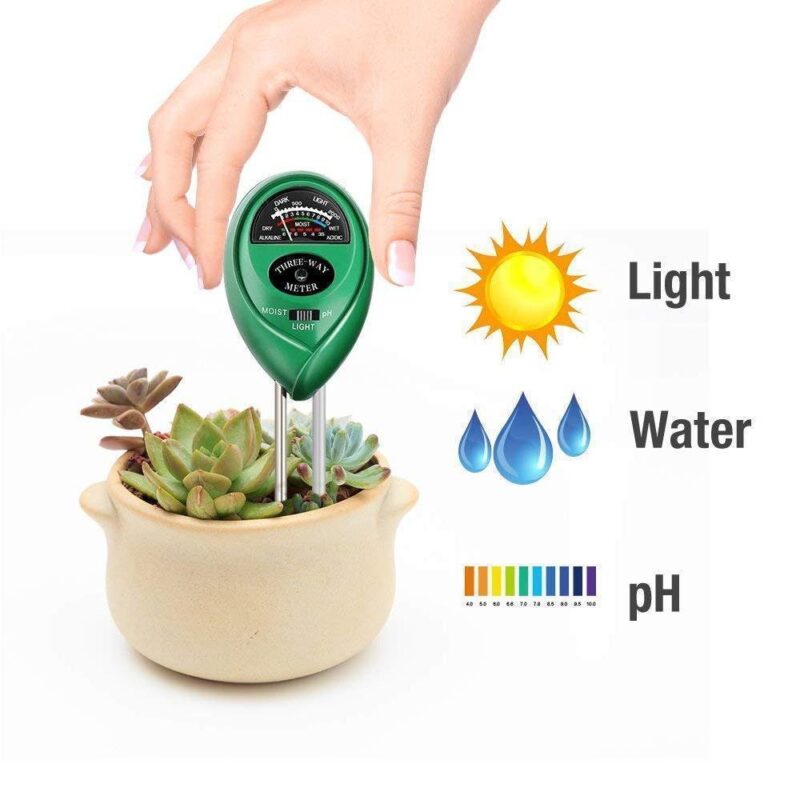
Conclusion
Different types of soil ensure that all of your plants get the correct nutrients they require. That is why I add information to my “how to” growing guides like plant pH requirements. In addition, I have a booklet that outlines how to create compost at home. Compost provides nutrients found in a rich biomass. You create it by adding vegetables or animal carcasses (think left over chicken fat or bones), to your compost pile. If you are concerned about rodents, use blood and bone meal found at a nursery. To get a free copy of my Compost 101 guide, please leave the comment “compost” in the form below. As always, thank you for reading my blog!

